
Building Codes for Decks – Requirements & Specifications
Building a deck is a great way to transform your outdoor space into a more appealing and functional area for relaxation and entertainment. To ensure the deck’s safety and durability,
This is Not a Legal Survey
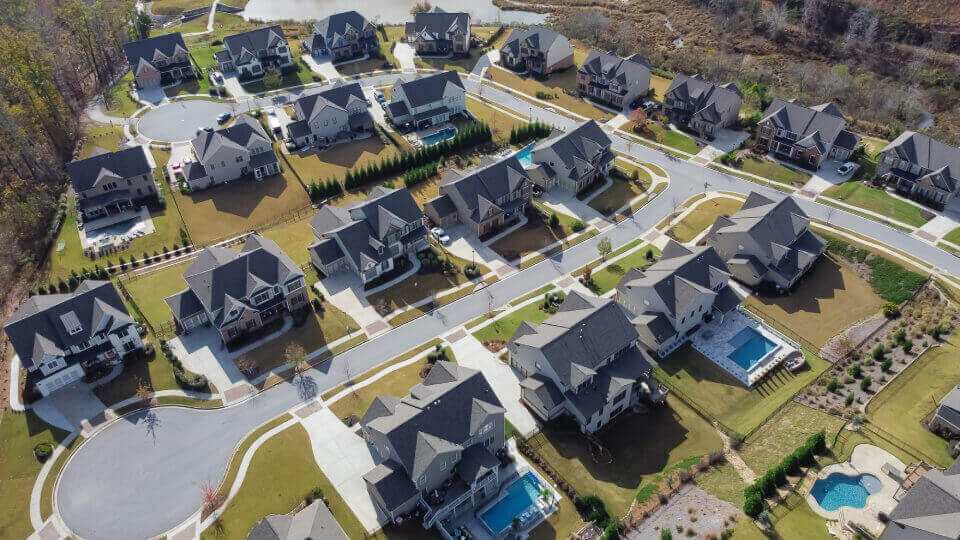

Contributing Writer | Architecture & Design Writer
Homeowners’ Associations (HOAs) are often associated with rules by many individuals. Although it is true that being part of an association requires adherence to community guidelines, life in HOA extends beyond simply adhering to a long list of regulations. Regulations and rules can establish the foundation for a thriving neighborhood, so let’s check the most common ones.
Table of Contents
Toggle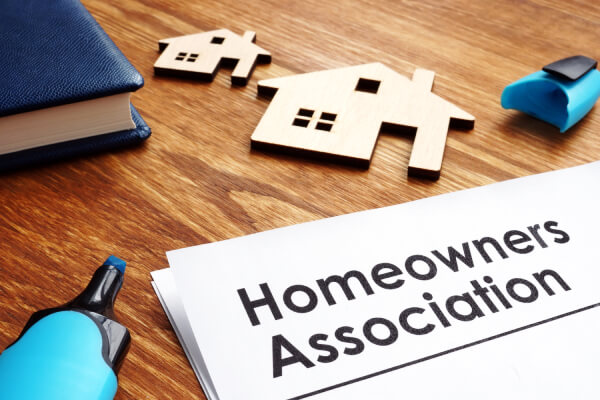
If you purchase a house that is in a HOA community, you automatically become a member of that HOA. This means that you will have to follow the rules and regulations of that association.
HOA rules vary depending on the area in which you live. In this article we will discuss the most common ones. The rules are enforced to ensure the safety of the community and its members and to maintain a certain aesthetic and appearance of the neighborhood. But keep in mind that HOAs are not allowed to enforce any rules they want, there are some HOA rules that are simply unenforceable.
You can always ask your Board of Directors to view your governing documents. There you will be able to see CC&Rs, bylaws, rules and regulations of your HOA community.
Or you can go to the HOA management website (Link), select your state and you will find the list of different community Acts that can be enforced by your HOA. But first, let’s see what are CC&Rs and bylaws and is there any difference between them.
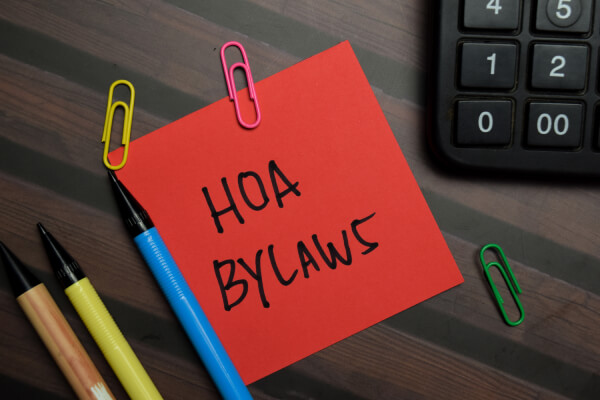
When it comes to managing a homeowner’s association, rules and regulations act as a safety net for anything not covered by the bylaws or covenants, conditions, and restrictions (CC&Rs). While CC&Rs and bylaws hold legal precedence, rules and regulations serve to fill in any gaps that may arise.
CC&Rs describe the rights and responsibilities of HOA members and are a legally binding document that is recorded and filed with the state. They cover a range of topics, such as restrictions on the use of property, maintenance obligations and dispute resolution mechanisms. Because the CC&R documents are filed with the state, they are difficult to amend and require a vote of the members.
On the other hand, bylaws govern the day-to-day operations of the HOA, covering topics such as board member elections, responsibilities, and eligibility. Similar to the CC&R, the bylaws also require a vote of the members for changes.
The rules and regulations are intended to be more flexible and relatively easy to adapt as new issues arise within the HOA. For example, if many owners express a desire to own a large dog, the HOA could adjust a rule that limits owners from having a dog of a certain weight or size.
Although changes to rules and regulations can be made by a vote of the HOA Board, they must be reviewed by community members. After the Board adopts the new rule, community members will have 30 days to review it and provide feedback before a final decision is made.
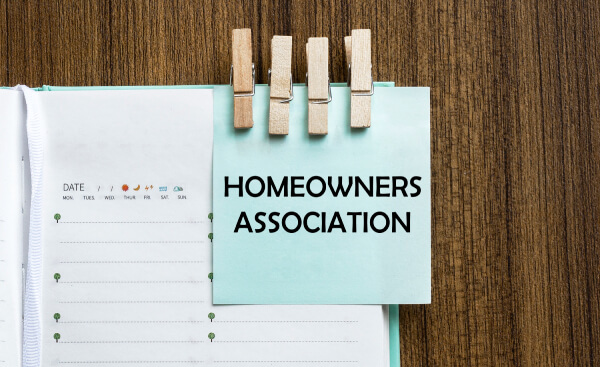
Some of the most common HOA rules and regulations are concerning:
Let’s explore and explain each of them.

There are plenty of HOA rules concerning backyards, let’s check some of the most common ones:
While HOA rules may seem comprehensive and even silly at times, they are really for the benefit of the community.
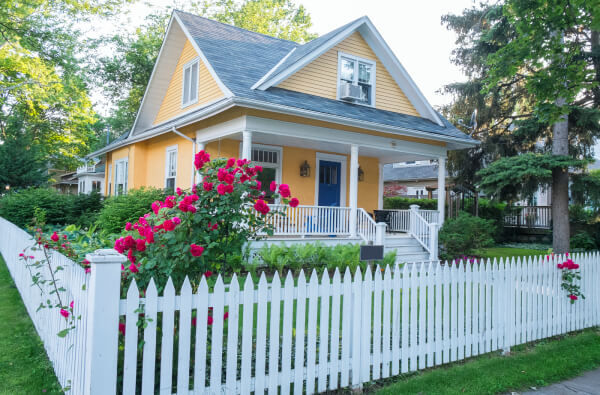
When it comes to fences, there are many things that homeowners that live in HOA communities have to take into consideration. Let’s take a look at some of the most common HOA fence guidelines:
When building HOA-friendly fences, homeowners must consider factors such as aesthetics, safety and visibility, view preservation and nature conservation. In the event of fence disputes, variance may be granted. You should also consider fence maintenance to keep it in good condition and avoid HOA fines.

This topic sometimes leads to heated debates. The reason is that there are HOAs that prohibit homeowners from building a pool. These rules can be applied to any shape, size and design of pool and to any type of pool – inground pools, above ground pools and hot tubs.
Always check your HOAs bylaws. There should be a section on pools and other structures that you are allowed and not allowed to build. Even if your HOA allows you to build a pool in your backyard, you will have to apply for a HOA permit and get approval from the Board before you start with the construction.

The most common HOA parking rules concern:
When it comes to Condo Association parking rules, you will have a limited number of parking slots. Most are restricted to two parking slots per condo.
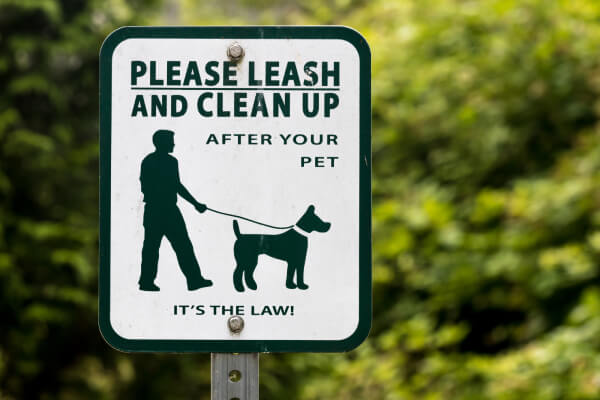
HOAs often have pet rules and restrictions to ensure the safety and comfort of residents. These restrictions may include:
Additionally, HOAs may limit:
It is important to confirm with the HOA if you have more pets than allowed and if exceptions can be made. For example, you may be moving into a new HOA community and you already have 3 dogs. HOA can “grandfather” your third dog. This means that they will make an exception for your dog because you already have them. But in case they pass away, you won’t be allowed to get a new dog.

Every HOA has its governing body that is there to regulate the community and enforce rules and regulations. That governing body is the Board of Directors. The Board members are elected by the community residents.
In order to conduct a fair election, every HOA has a set of rules that must be followed, usually those are:

Usually there are no lighting restrictions in HOAs, except for holiday lighting (the rules are about how long before and after the holidays your house can be decorated). The reason for this is a very unfortunate event which occurred in California in the 1980s.
Associations must consider safety concerns when it comes to lighting, and the importance of adequate lighting was highlighted in a 1986 California case (Frances T. v. Village Green Owners Assn.) where an association was held liable for insufficient lighting that led to a resident being assaulted in her home. Since then, homeowner associations have been very cautious about lighting restrictions.
However, extreme lighting can become a problem and HOAs can require owners to put a screen or reflector on the light so it doesn’t shine into another owner’s windows. Boards can also implement a process for approving changes to exterior lighting, as well as anything else that affects the exterior of a home.
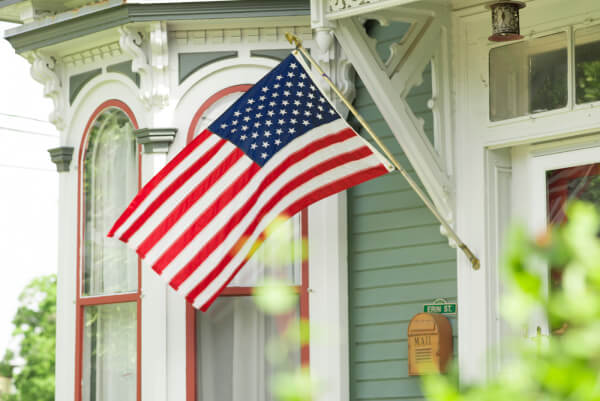
According to the Freedom to Display the American Flag Act of 2005 (congress.gov) it is illegal for HOAs to restrict owners from displaying a U.S. flag. Although Board can’t prohibit you to display the flag, they can enforce rules that concern:
Note that the display of the United States flag is the only flag that is protected by federal law.
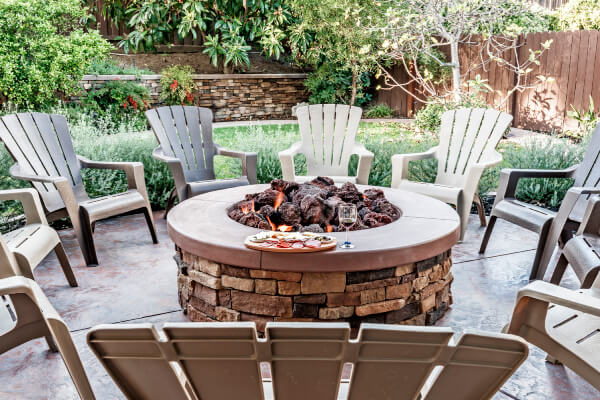
Many HOAs have rules that regulate the usage of fire pits. The reason is to avoid catching on fire or causing harm to residents, as such events could have catastrophic consequences for the community.
The most common HOA fire pit rules are:

HOAs usually do have sign rules and policies and the main things that they regulate are:
The first two are pretty common when it comes to HOA rules. Every HOA community has a set of rules that determine the aesthetics of the neighborhood. If the sign is too big, it won’t be allowed. Usually signs with neon lights or some other type of decorative component are banned.
The main issue here is the third thing that HOAs regulate, the nature of the sign. This question usually boils down to political signs. Political signs are generally viewed as “noncommercial”. And every HOA resident has a right to post that type of sign.
Our advice is to check the governing documents (typically the CC&Rs) of your association, or speak to the Board members before posting any sign on your yard. Also, there is a high chance that you will need a sign permit.

Homeowners in HOAs have the freedom to enjoy their property and the amenities provided by the association, but this can sometimes lead to conflicts over noise levels and disruptions. For this reason, HOAs usually have noise rules or noise nuisance prohibitions.
Despite these measures, disagreements can occur and escalate to the point where HOA boards must intervene. Noise nuisance is among the most common HOA disputes. There are 3 most common noise complaints:
HOAs will usually have rules that prohibit noise disturbances at certain times (in most cases between 11:00 p.m. and 6:00 a.m. or 7:00 a.m.) and up to a certain volume (in most cases up to 85 decibels).
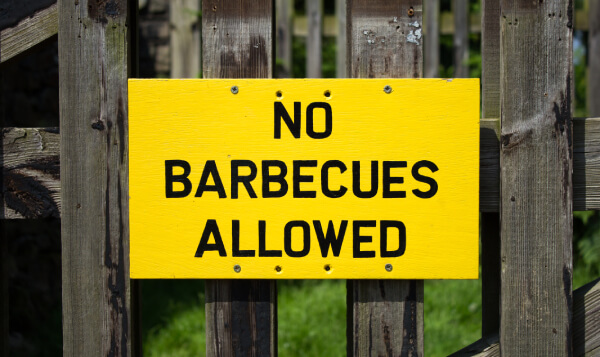
In HOA communities, BBQ season usually starts with checking HOA’s policies on grilling. Pretty much every homeowner’s association has them. It is important to review your HOA’s grilling guidelines, which may vary depending on the type of homes in your area. HOA policies may restrict grilling based on building and fire codes, so it’s important to take them into consideration.
However, there are several grill options available that may suit your needs and outdoor space:
Now let’s check some HOA rules for common areas.
Homeowner associations often enforce rules and restrictions on the use of common areas in a community to maintain their upkeep. Without these regulations, common areas can quickly become dilapidated.
Some common rules imposed by HOAs for these areas include:
If there is a community pool, the rules are usually stated at the entrance. If you want to invite your friends that do not live in the community, make sure that that is allowed. Also, in rare cases, your pool can have some strange HOA rules. For example, every last 10 minutes of the hour are only for adults. So, the kids need to leave the pool. But those are not common.
Since these rules may vary from one HOA to another, it is advisable to consult your association’s governing documents to ensure compliance and avoid potential fines.
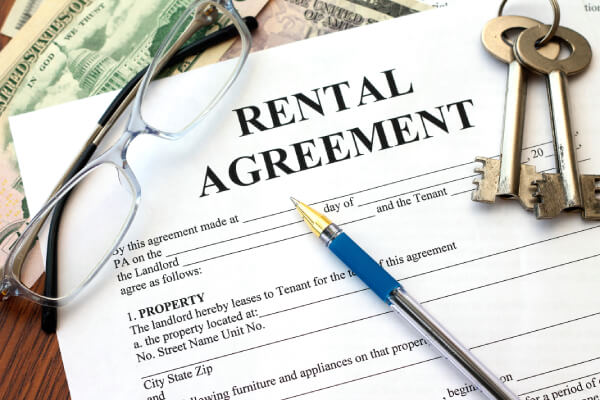
HOAs have a set of rules for renters (tenants) and landlords. The main reason for these rules is to protect the community and not to decrease the value of homes. The main two ways of enforcing these rules are:
In some HOAs there are even screening of potential renters. But this is not advisable, in some states it is even forbidden. The reason for it is that The fair housing act prohibits any type of discrimination based on race or color, religion, sex, national origin, familial status, or disability.
The most important thing to note is that tenants are not the members of the HOA community, the property owners are. Therefore, the owner will be responsible for the acts committed by the tenants.
The amount will be determined by your HOA and the act that is done. But usually fines are around $25 and if you don’t pay on time, they will be increased to $50 and then to $100. If you don’t pay that amount, the Board of Directors can suspend your right to use the common areas.
No, you are not breaking the law by breaking HOA rules. But, it isn’t our advice to do so. The reasons are fines, bans from community facilities and you have to know that HOA can file a lien on your home.
If you want to change existing rules or you want implementation of a new one, the best way is to arrange a vote with the Board of Directors. Write down your proposed changes, explain them and organize a community meeting. There you will have the opportunity to discuss with your neighbors. Just know that usually ⅔ or ¾ of the homeowners votes are needed.
The best way to avoid fines and penalties from your association is to have a site plan. Every change you plan to make will be visible on it, so even if there is a meeting or discussion, you’ll be able to state your case.
Our advice is not to do it yourself, because even the smallest building mistake can lead to the Board not allowing you to make the changes you want. Our team of experts will create a site plan for permits and you will receive it within 24 hours.
If you have any questions, please feel free to contact us.
Learn more about our contributor:

Contributing Writer | Architecture & Design Writer
During my career, I’ve written articles on interior design, home remodeling, and renovation with an emphasis on money-saving tips and DIY ideas. It’s been a rewarding journey and I am thrilled to continue helping others bring their architectural visions to life.

Building a deck is a great way to transform your outdoor space into a more appealing and functional area for relaxation and entertainment. To ensure the deck’s safety and durability,

Are you looking to modernize your pool with an outdated design and want to improve its functionality? If so, you’re in the right place. Imagine transforming your basic swimming pool

Before embarking on any commercial building project, preparing a feasibility-focused and environmentally compliant commercial site plan is a crucial first step. To facilitate success, it’s essential to evaluate every component